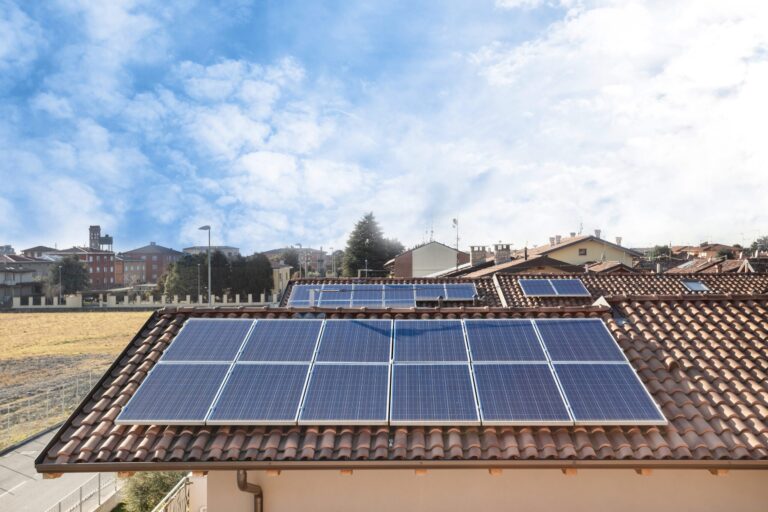According to a recent study, house plants can improve concentration and productivity, reduce stress levels, and boost mood. An indoor garden can be your refuge from the outside world, and for many gardeners, it’s a source of pride and joy.
Whether you live in a small apartment or a house, introducing plants into your home can bring improvements to your overall well-being. Along with enhancing your mood and brightening up your living space, plants can also help with loneliness and depression—caring for a living thing is rewarding, especially when your plants bloom and thrive.
To start your own indoor garden, it’s important to spend some time researching the plants and growing methods that are best suited for your living space. If you’re lacking a green thumb, here’s what you need to know to successfully grow your own plants.
Method 1: Growing in Soil

Maintaining an indoor garden isn’t easy, and growing your own plants is impossible without the right foundational materials. If you’re planning to grow plants in soil, you’ll need soil, water, seeds, and sunlight.
Before setting up your indoor garden, decide how much space you’re willing to set aside. If you’re dedicated to growing, you might set up a multitier shelf or table. Meanwhile, beginners might choose a smaller amount of space, like a windowsill.
If you’re just starting out, consider investing in prefilled pods with dirt and seeds, self-watering containers, and LED lights with timers to give yourself the best chances for success. If the type of plant isn’t important to you, starting with a countertop gardening system might be your best option. Countertop gardening systems simply involve placing pods in the container, filling them with water, and turning on LED lights.
Method 2: Hydroponic Gardening

While growing plants in soil is the traditional method, it’s not always the most efficient. If you don’t have soil, hydroponic systems are the best way to grow your plants. Hydroponic systems involve several techniques, so they’re a suitable option for both beginners and experienced gardeners and can be easily set up regardless of experience level.
According to the experts at Hydro Blossom www.hydroblossom.co, hydroponic systems are designed to provide plants with the needed nutrients and guaranteed access to energy to activate the process of photosynthesis. Hydroponic systems offer control over the growing medium, PH level, nutrient solution, and growing conditions, making it easy to grow different plants, such as culinary herbs, veggies, fruits, and flowers, as well as other plants, regardless of the season.
As the most popular choice among commercial and home growers, drip systems are one of the most effective and versatile systems in hydroponic gardening. Drip systems offer a wide variety of design and size variations but are geared toward larger plants that require more space to grow thick and strong roots. The idea behind drip systems is relatively simple—the drip system allows the nutrient solution to be dripped onto the roots to keep them moist.
General Plant Care Tips
Different types of plants and flowers require different planting methods and growing conditions. When starting your indoor garden, make sure to:
- Choose the right plant for your home. To ensure that your growing efforts are successful, choose plants that are compatible with your environmental conditions, and research the types of plants that work well in your home. If you’re just starting out, choose plants that are easy to grow.
- Choose the right light and provide your plants with consistent lightings. Artificial lights can help maintain growth for indoor plants, especially in areas that don’t receive a significant amount of sunlight. Before starting your indoor garden, ask yourself if you’re willing to invest in LED grow lights.
- Be consistent with watering. A significant amount of growth failures are related to a lack or excess of watering. If you tend to forget to water your plants, opt for sub-irrigated planters that remind you when it’s time to water. If you tend to overwater, remind yourself that plants take time to grow, and it’s best to follow the recommended times for watering.
Whether you’re an experienced gardeners or just starting out, remember that indoor gardening requires patience. Don’t expect your flowers or veggies to bloom overnight—even some of the best gardeners fail when trying something new.







